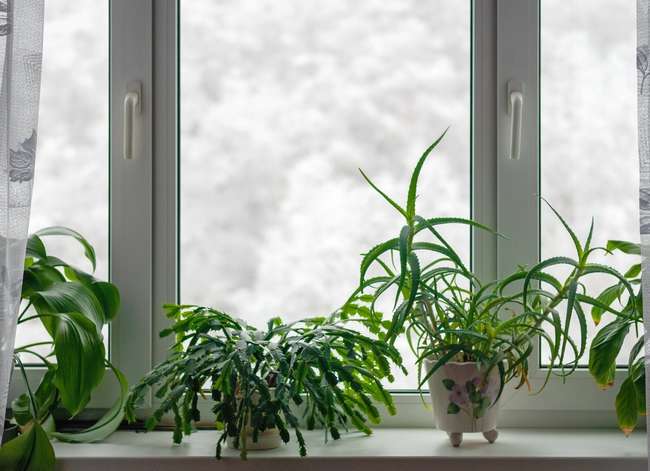

We may earn revenue from the products available on this page and participate in affiliate programs. Learn More ›
Home Advice You Can Trust
Tips, tricks & ideas for a better home and yard, delivered to your inbox daily.
Burgeoning by Leafs and Bounds
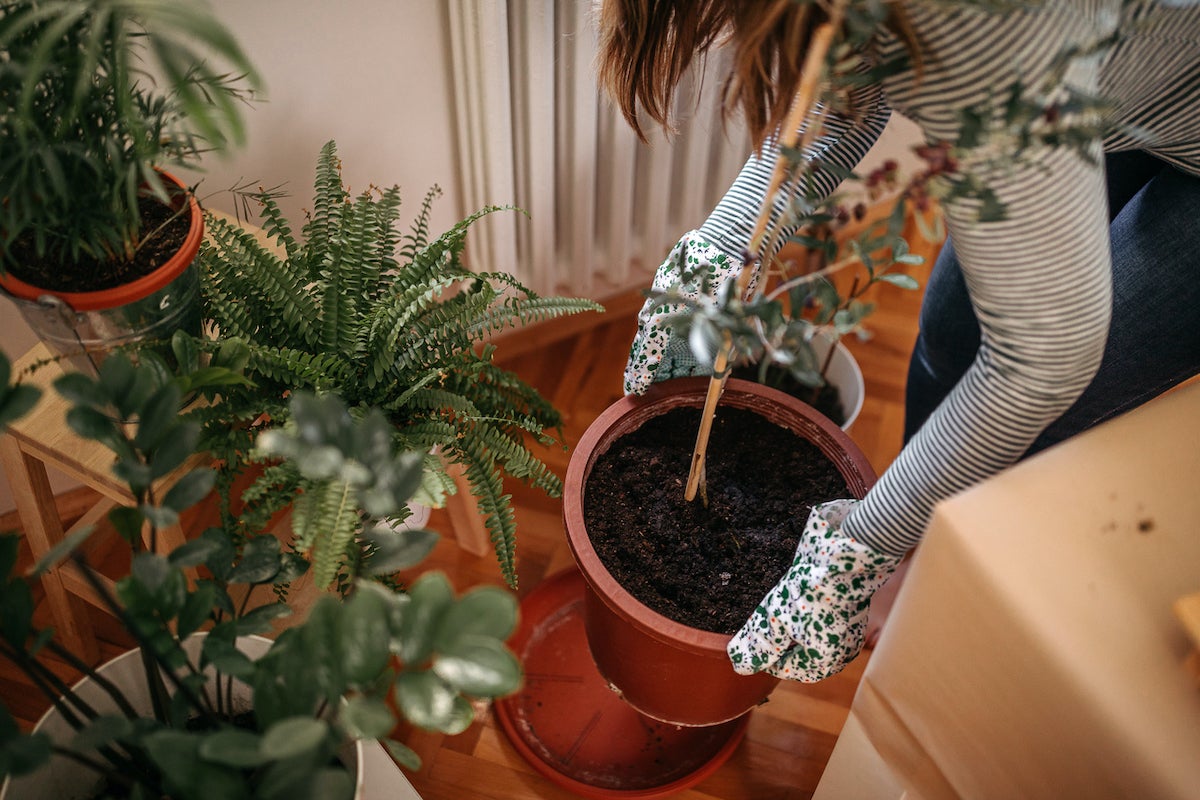
Houseplants, like people, prefer spring and summer, with their greater hours of daylight, and tend to sulk and stagnate a bit during winter. So, if you’re in search of fast-growing friends—er, fronds—remember that they will shoot up most during the warmer months, especially if you move them outdoors for a little moist-air vacation in temperate weather.
The following collection spotlights 14 fast-growing plants that have been proven to prosper indoors, even in less-than-ideal conditions. Some grow upwards or outwards while others advance sideways, but all of them reward your efforts with profuse growth.
Arrowhead Plant (Syngonium podophyllum)
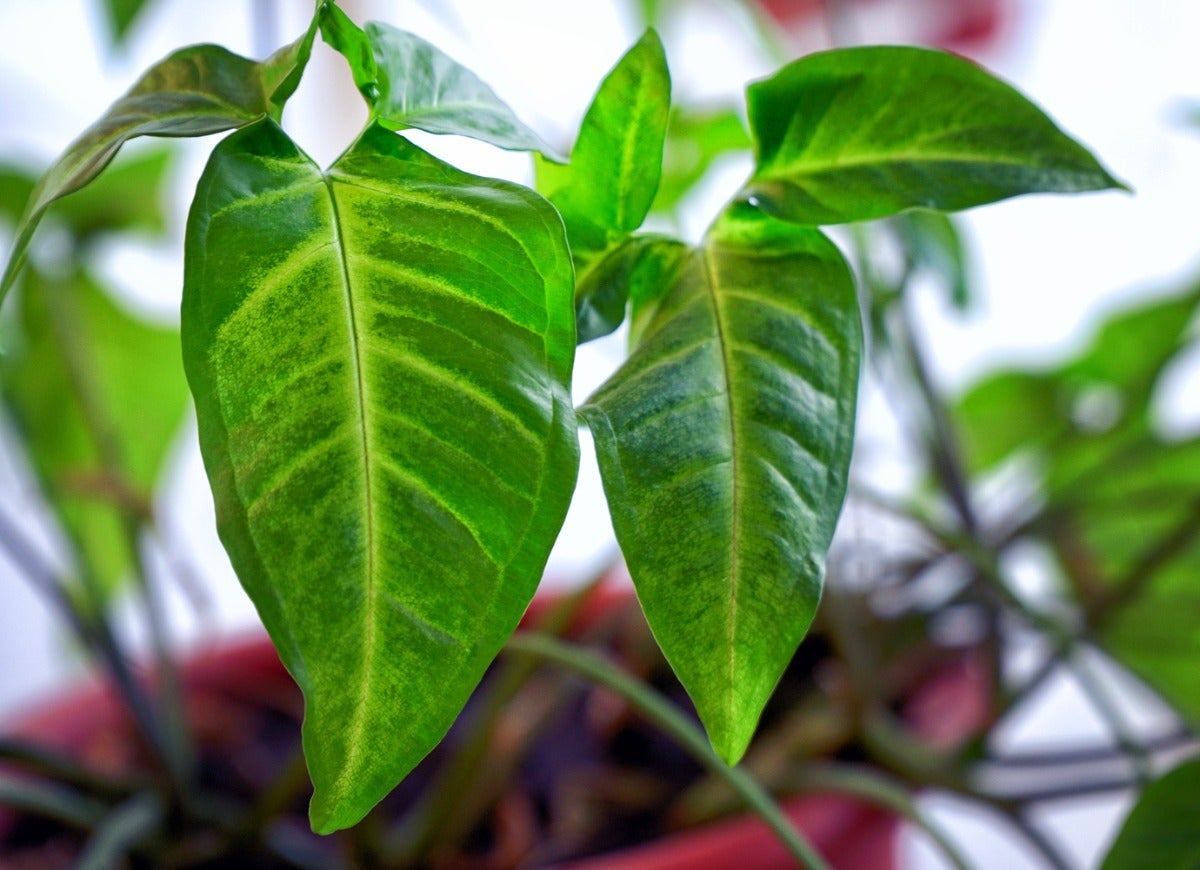
This climber is known for its arrowhead-shaped leaves streaked with green and white variegation, but many modern cultivars have been bred to be less twiny and more tidy—not to mention more colorful! For instance, the leaves of ‘Neon Robusta’ range from light green to pale rose. With a bright location out of direct sunlight and occasional watering, the plant should exhibit rapid growth, though for the newer cultivars that growth may be a filling in rather than an upward climb.
Asparagus Fern (Asparagus spp.)
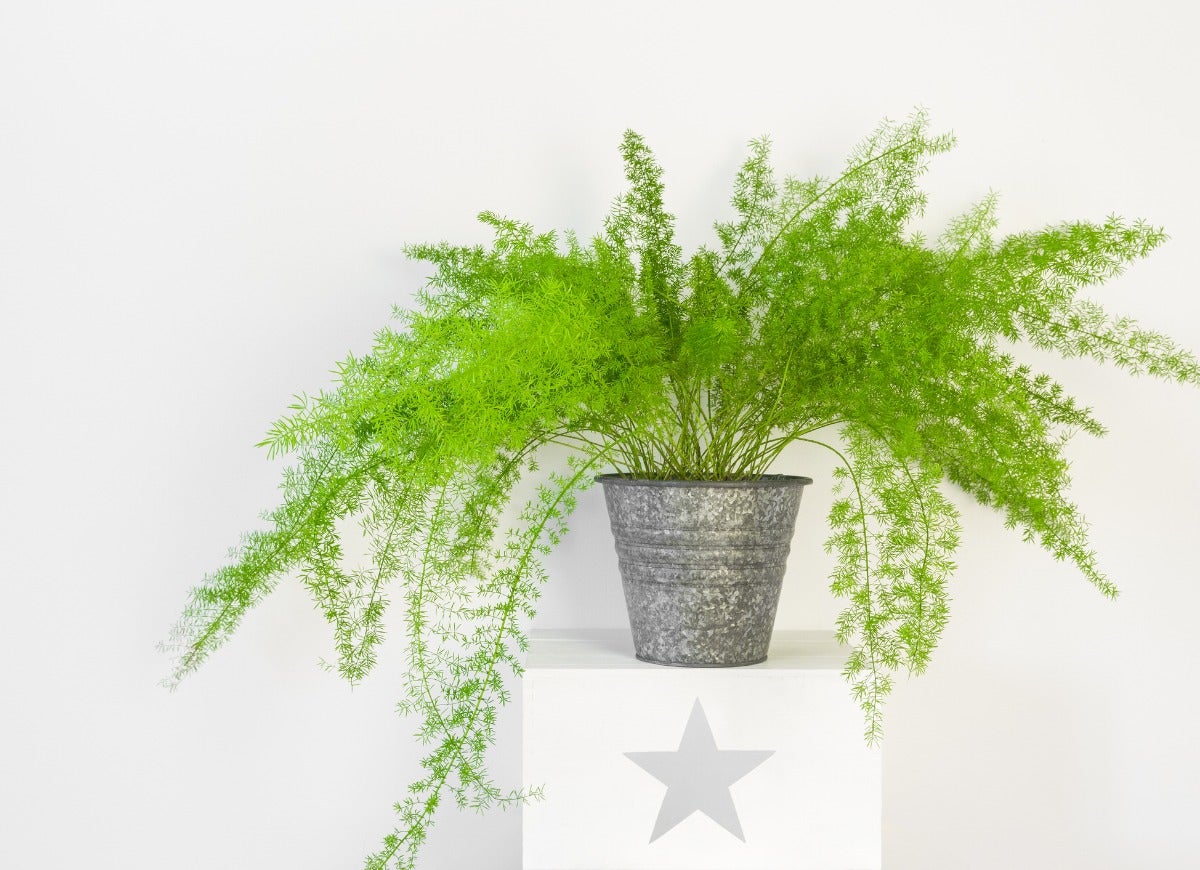
Asparagus shoots up fast and furious, as gardeners who have had the vegetable type (A. officinalis) run to foliage can attest. Although the varieties raised as houseplants, such as A. aethiopicus and A. densiflorus, are not edible, they, too, waste no time in flinging out fronds. Don’t allow them to dry out as, like most ferns, they prefer damp conditions and high humidity in partial sun or bright shade—which means they’ll thrive near an east-facing bathroom window.
Burn Plant (Aloe vera)
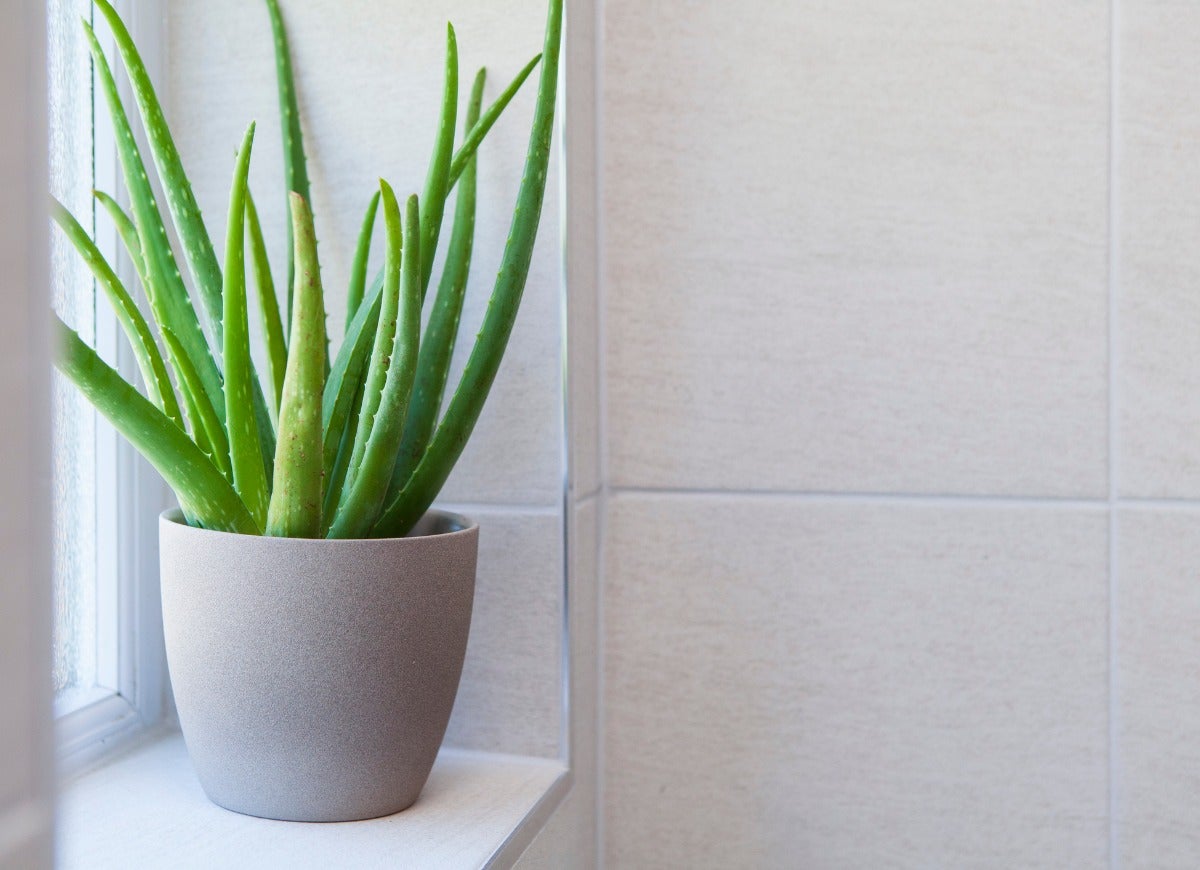
This aloe, whose common name comes from its sap’s ability to soothe burns, grows fast thanks to the pups (offsets) it “whelps” all around the parent plant. In the summer, pots filled with that progeny can dry out quickly, so you’ll need to water more frequently during the warmer months and less during the winter. The burn plant enjoys sun, but it may suffer burns itself if subjected to too many rays too quickly.
Grape Ivy (Cissus alata)
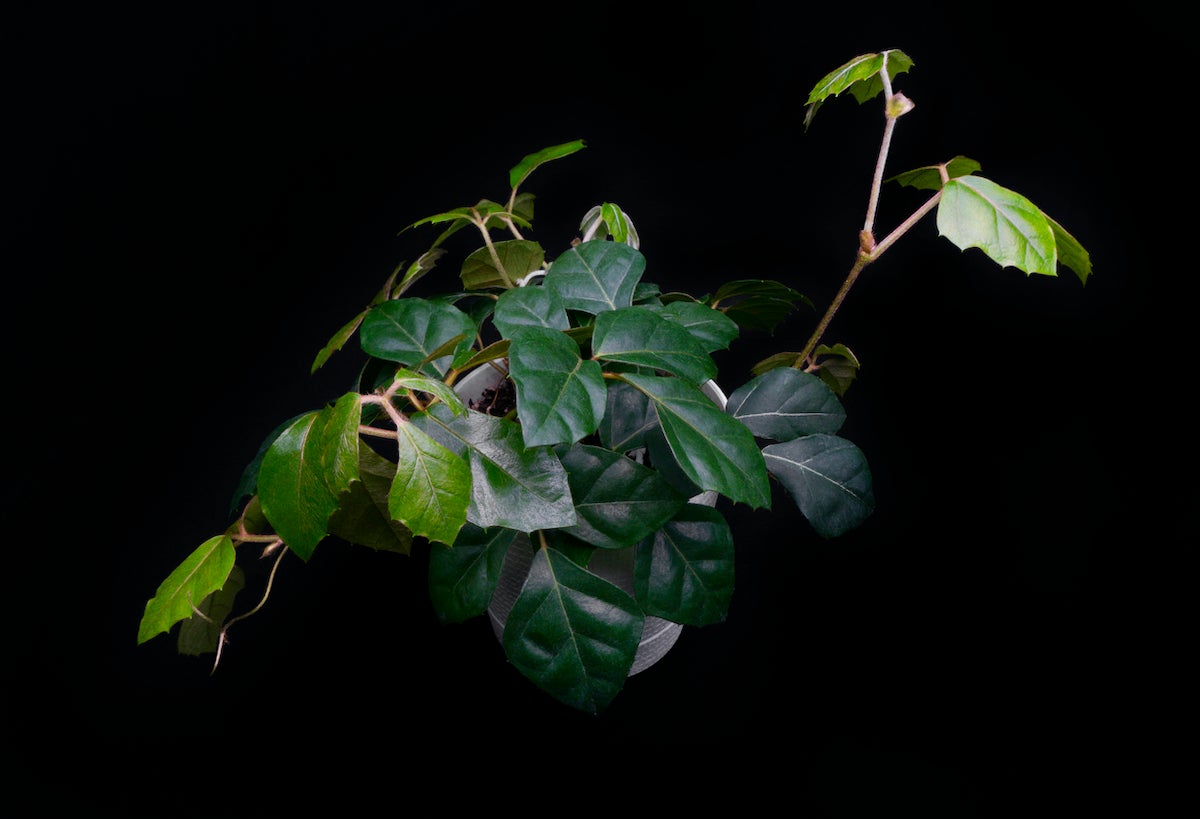
Horticulturist Tovah Martin thinks grape ivy looks more like poison ivy than a grape vine, but it’s nonetheless a strong grower. She notes in The Unexpected Houseplant that most cultivars, including her favorite, ‘Ellen Danica’, are “full-speed-ahead” creepers, “making such fast tracks that keeping ahead of their mass can be a chore.” Positioned in partial sun or bright, indirect light, this plant should do a “grape” job of climbing whatever support you provide.
Philodendron (Philodendron spp.)
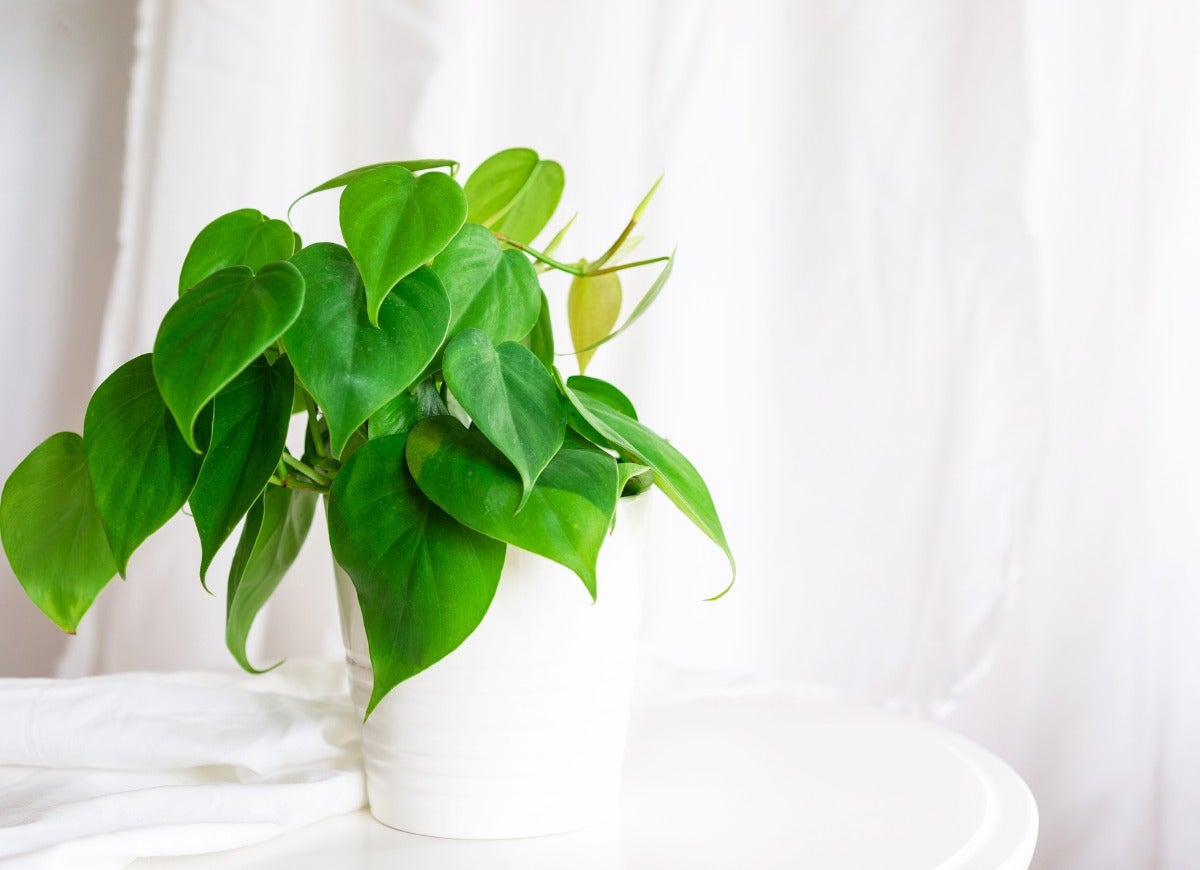
Philodendron means “love tree,” and this is a plant that’s easy to love, with prolifically produced heart-shaped leaves that hearten beginners who haven’t had much success with other greenery. Often appearing in dish gardens at funerals, the plants have an easy growth habit that allows even beginning gardeners to keep alive the memory of a loved one. Philodendrons flourish in bright indirect light and will generally tolerate partial drying out, but their soil shouldn’t be allowed to parch completely or they, too, may become a lost love.
Pothos (Epipremnum aureum)
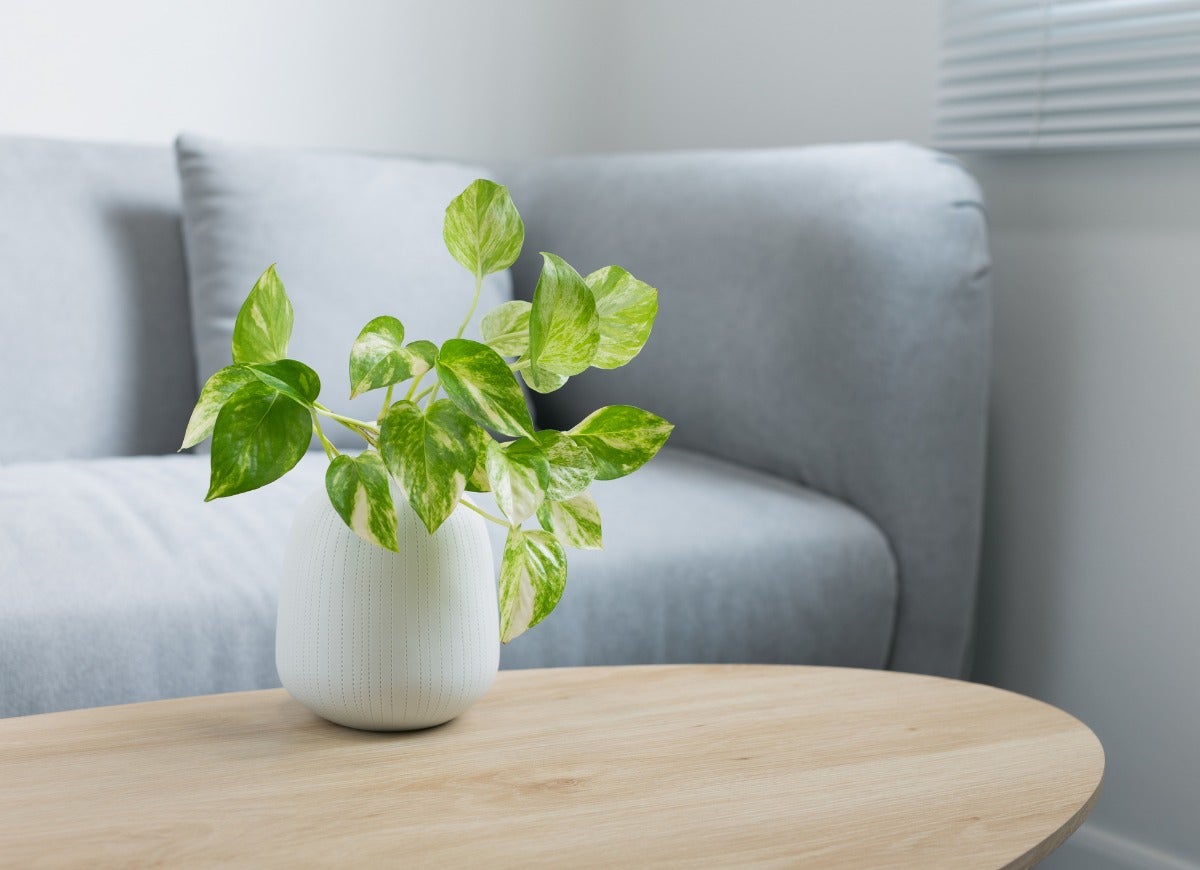
Pothos was one of the Greek love gods, and beginning gardeners heart the fast-growing ways of the vine named after him. They may, however, need to rebuff the advances of what Barbara Pleasant in The Complete Houseplant Survival Manual calls “the easiest houseplant to grow,” because it can reach 8 feet or more in length if not controlled. Pothos requires only moderate light and water to keep its good looks.
Purple Passion Plant (Gynura aurantiaca)
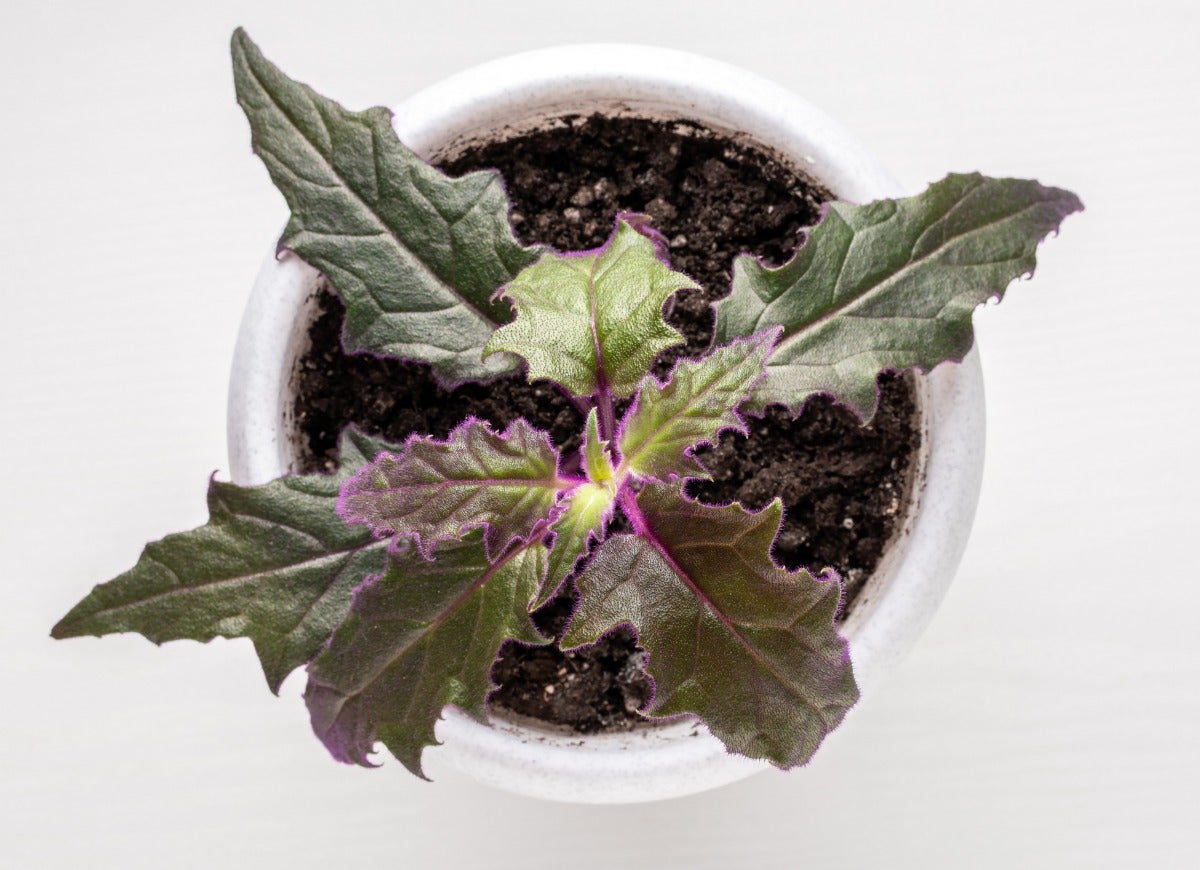
It’s easy to develop a passion for a plant that sports plush purple leaves with serrated edges. Although it grows rapidly if provided with moderate to bright light and medium water, purple passion loses its distinctive color as it ages. Fortunately, the plant is easy to propagate from cuttings. Its spidery orange-and-yellow blooms emit an unpleasant odor that has been compared to the smell of unwashed socks, but they do provide a golden contrast to all that royal velvet.
Queen’s Tears (Billbergia nutans)
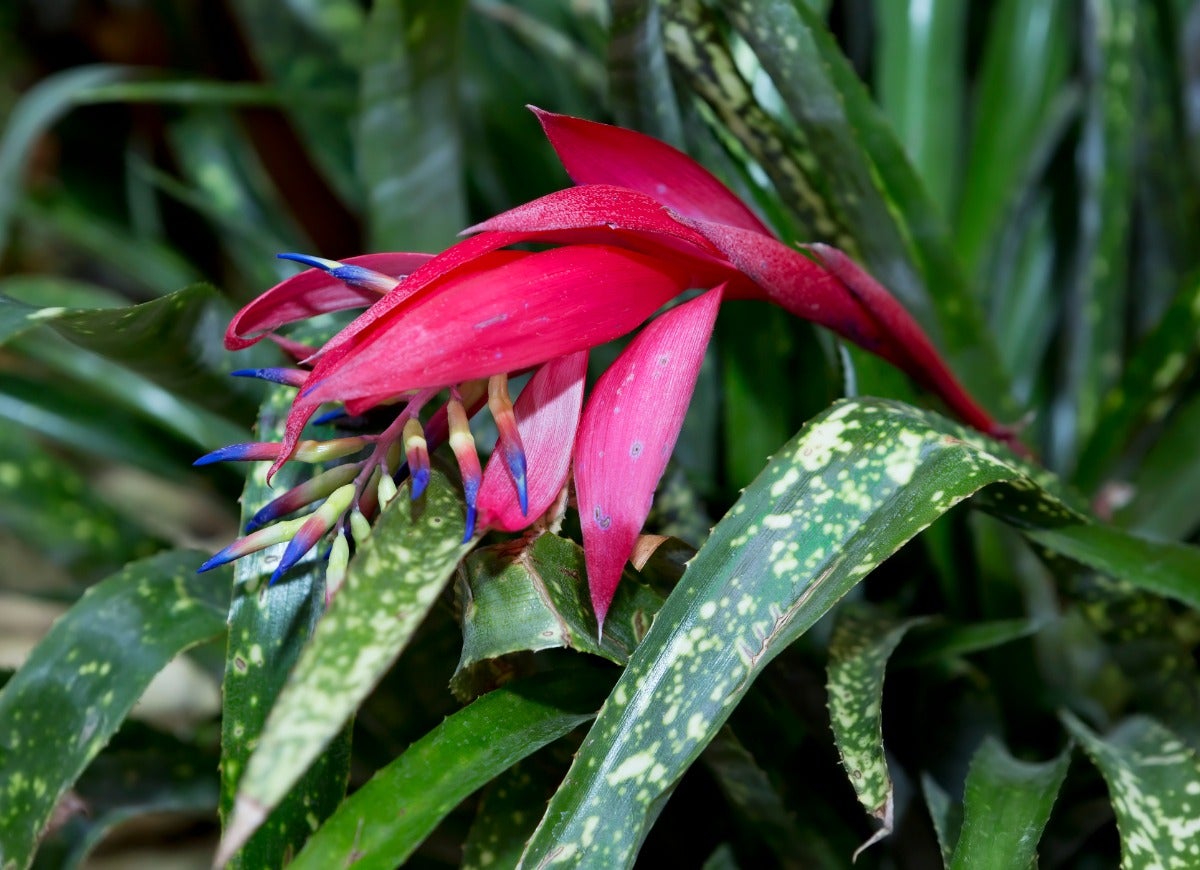
Speaking of royalty, the queen’s tears plant is named for the clear nectar that “weeps” from the clusters of blue-edged, green-leafed flowers that emerge from pink bracts dangling above a rosette of toothed leaves. It reproduces prolifically enough to be known also as “friendship plant,” in recognition of all the offsets a gardener can bestow on acquaintances. This easy bromeliad likes its cup (center) kept full of water in partial sun. After flowering, the original queen dies, conceding the crown to the offspring that are by then clustered around her.
Silver Squill (Ledebouria socialis)
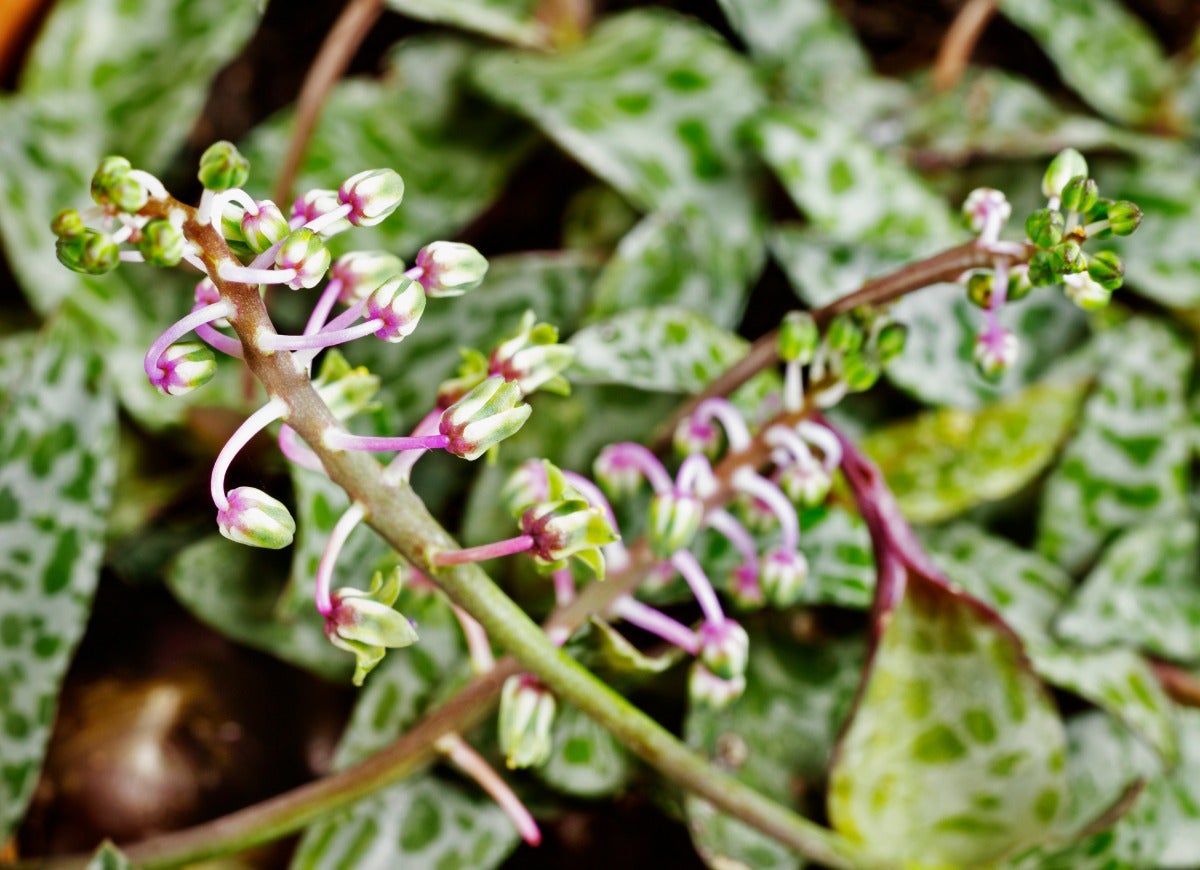
Sometimes also called leopard plant for its spotted leaves, this creeper covers ground quickly via multiplication of the small red bulbs from which it grows. In spring it produces racemes of greenish-white flowers flushed with pink. Its bulbs should always be kept at least two thirds above the soil to prevent them from rotting. Otherwise, the plant is easy care, thriving in either sun or shade, even with spotty watering!
Spider Plant (Chlorophytum comosum)

With their rosettes of usually variegated leaves that arch like arachnid legs, these plants may get your spider sense tingling. Add to that picture long white stems that dangle down to produce offshoots, or spider plant babies. The “adults” reportedly bloom best if kept dark during the evening for a few weeks in autumn. Otherwise, the plant requires only a reasonably bright location and a medium amount of water to spin out more and more spiderlings.
Swedish Ivy (Plectranthus australis)
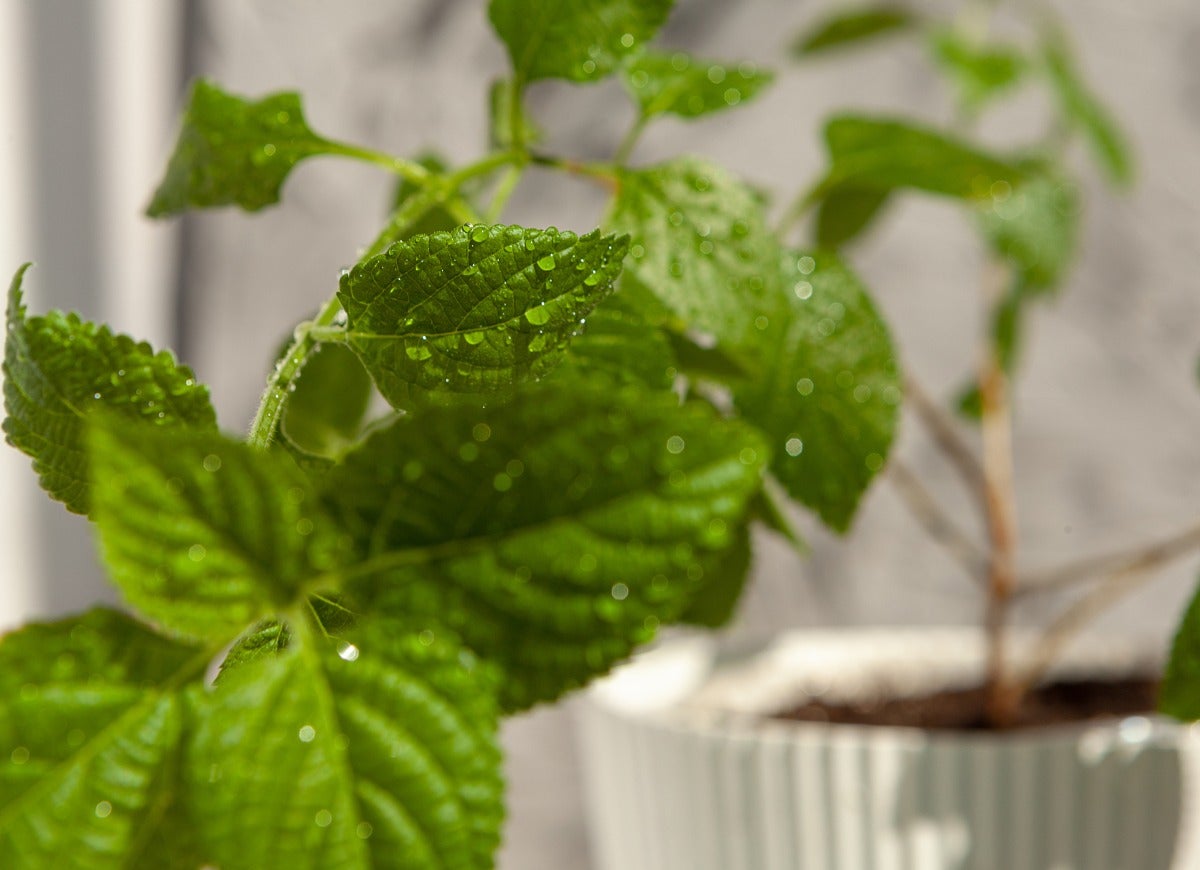
Although there are a variety of Plectranthus species, including the more colorful coleus, the one most often grown as a houseplant is Swedish ivy, also known as creeping Charlie. Actually South African rather than Swedish, it features roundish green leaves with scalloped edges and occasional racemes of lavender or white flowers. If you want your plant to remain a good-time Charlie, keep it in bright, indirect light and give it an average amount of watering.
Turtle Vine (Callisia spp.)
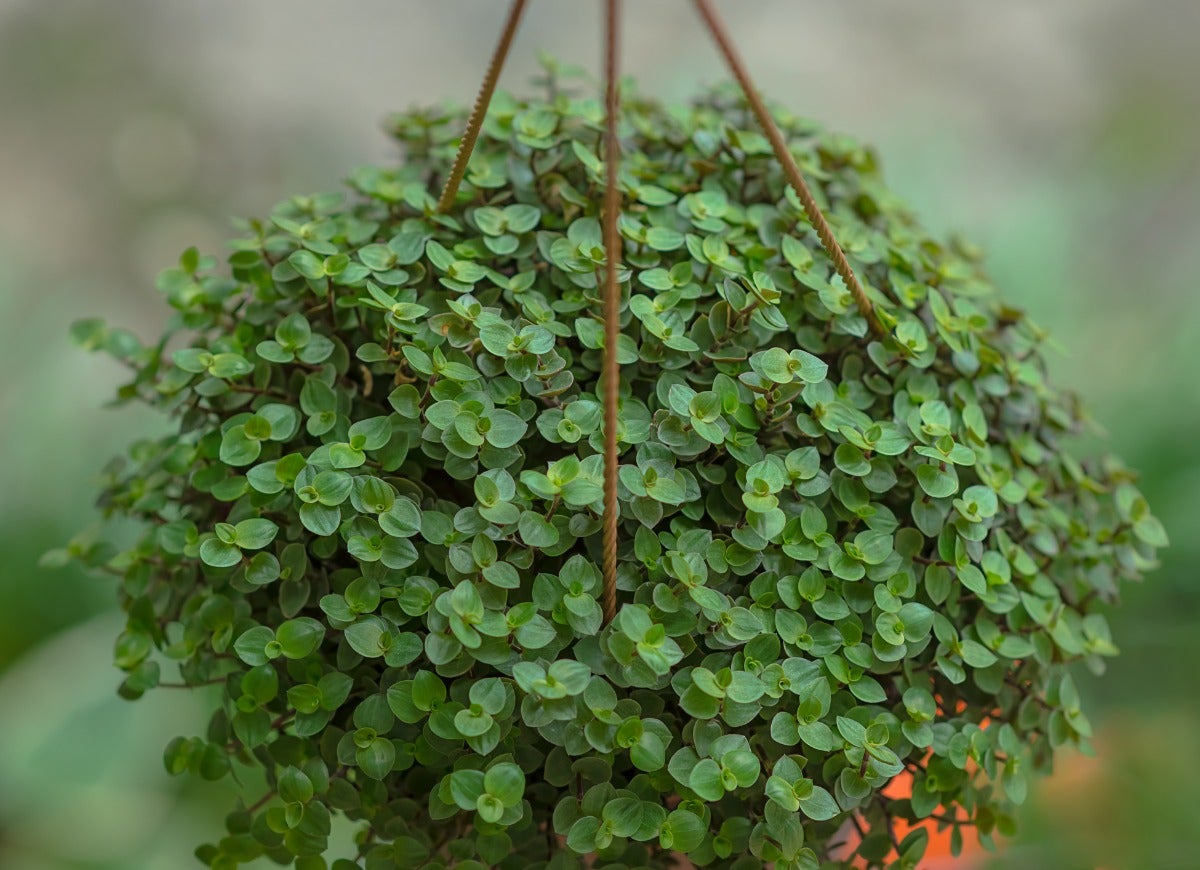
Kin to wandering sailor, which appears later in this collection, turtle vine is anything but tortoise-slow. C. repens, the most common species—with purple-backed green foliage and small three-petal white blooms—grows at a hare-like rate, which makes it invasive outdoors in some climates. That speed, however, can be a good thing in houseplants, and it’s replicated by the more colorful cultivars of the genus, which can thrive in sun or shade with moderate water to keep them hopping.
Walking Iris (Neomarica spp.)
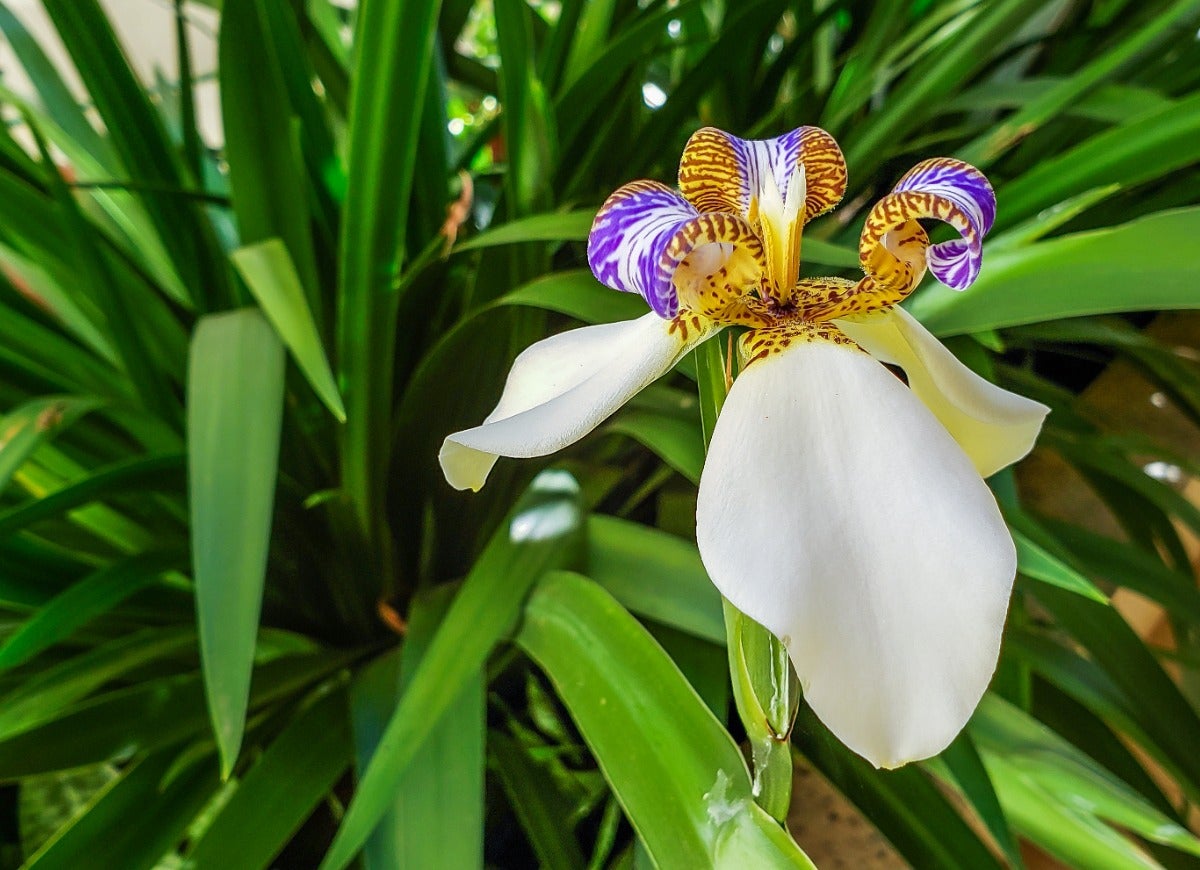
A pass-along heirloom not available in most nurseries, walking iris actually seems to racewalk, producing new plantlets on each flower spike that ride that spike down to the soil, where they root. If kept dark during the evening in early winter, come late winter or spring the plant will put forth fragrant iris-like blooms that are either white with violet-blue center petals or all violet-blue. When given moderately moist soil in sun or partial shade, Neomarica will be happy to walk the walk.
Wandering Sailor (Tradescantia zebrina var. zebrina)
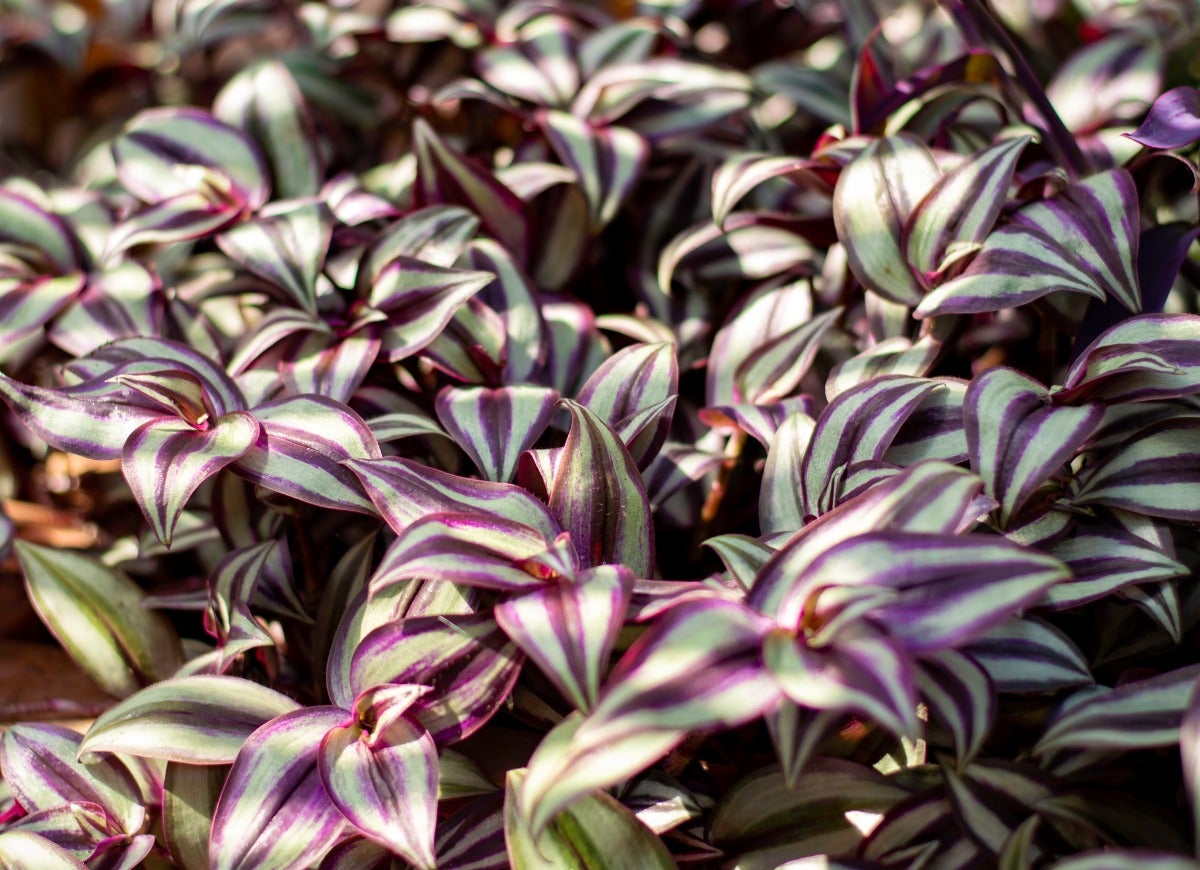
Previously known by a more offensive common name, this plant bears striking white and/or purple-streaked green leaves, often with purple backs. When grown in the ground, it roams and roots at the nodes. In a pot, it dangles in silver-tipped waves of color sometimes spotted with small pink three-petal blooms. Place it in bright or indirect light, and water it when the surface of its soil is dry to keep the plant shipshape.

Meet the 2025 Tools of the Year
After months of scouring the market and putting products through their paces, we’ve named the best of the best in new tools. There’s something for everyone, from veteran pros to average Joes.